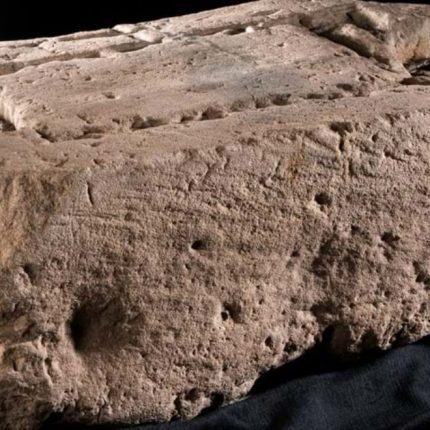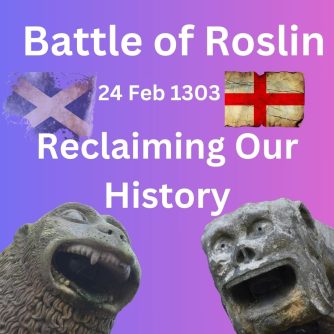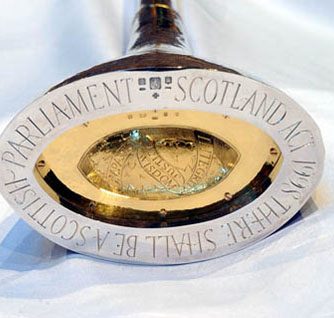This week saw the death of Ian Hamilton KC. Ian was one of the four students who, seventy years ago, ‘stole’ the Stone of Destiny from Westminster Abbey and brought it back to Scotland.
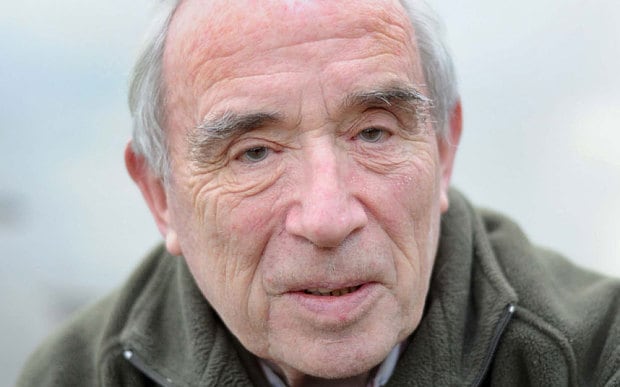
The Stone of Destiny is an ancient symbol of Scotland’s monarchy. And for centuries it was used at Scone Abbey in the inauguration of our kings. Then in 1296, King Edward I of England seized the stone and took it down to London. From then on, it became part of the coronation ceremony of the monarchs of England and then Great Britain. It was built into the throne at Westminster Abbey.
On Christmas Day 1950, four Scottish students removed the stone from Westminster Abbey in London. Three months later it turned up 500 miles away – at the high altar of Arbroath Abbey. There is a very good piece by Gerry Hassan giving the background to 1950s Scotland and the recovery of the Stone.
A friend of my family tells a story about an uncle of his. The uncle was a stonemason in Glasgow in 1950 and known as a being sympathetic to Scottish Home Rule. He was – allegedly – approached by one of the students and asked if he would give the stone a once over to make sure it hadn’t suffered any damage. He did. And told them it was in decent shape considering its history and its recent journey back North.
Did they give back the real stone?
Five years ago Ian gave an interview about that long-standing question “Is it the real stone?”
Will The Stone leave Scotland again?
In 1996, the Stone returned to Scotland. Officially this time. It is in Edinburgh Castle on display with the Honours of Scotland. And it will only leave Scotland again for a coronation in Westminster Abbey.
But next year will be the coronation of Charles III. And we know that plans are being made to take it down to Westminster. Presumably to be placed in its traditional place under the seat of the throne of Edward.
Should it go south? Is it a good thing that the Stone takes its ancient ceremonial place in Westminster? Is it an insult to Scotland? Should Charles have a separate ceremony in Scotland?
Are we bothered? Let us know what you think in the comments…
Films : The Taking of the Stone of Destiny
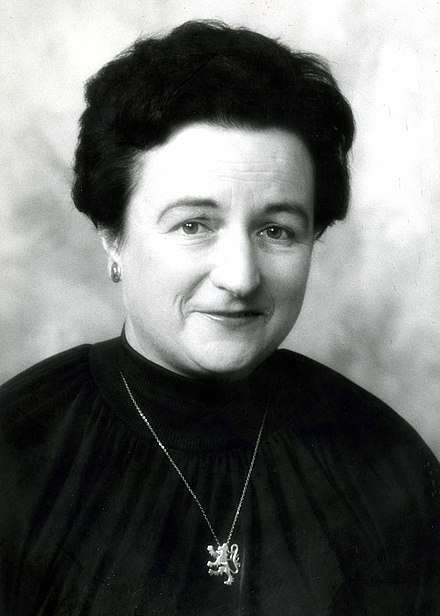
There are two films dealing with the 1950 ‘theft’ of the Stone. I like the Gaelic one best myself (it has english sub-titles). It’s called An Ceasnachadh – The Interrogation – and focuses on Kay Mathieson. She was the getaway driver!
One day in 1951, a CID man comes up from London to Inverasdale near Loch Ewe to interrogate her about her part in the ‘theft’. She won’t respond to being questioned in English, repeatedly saying “I don’t understand”. You’ve got to be impressed with that!
The other film is done as an adventure story of the four young conspirators. Less depth than An Ceasnachadh perhaps but very entertaining.
Some Thoughts on Death of Ian Hamilton KC
by Isobel Lindsay – Commonweal Blog, 6 Oct 2022
History of Scottish National Party
I am sure it would give Ian Hamilton great satisfaction if his death encouraged new interest in the historical background of the Scottish independence movement. The modern SNP is unusual for a nationalist party in the lack of knowledge and interest among many of its members about its founding parents and early activists – John MacCormick, Roland Muirhead, Cunningham Graham, Wendy Wood, Neil Gunn, Oliver Brown – just some of those who should be familiar to all of us.
Ian and his friends are among those who should be better known. The theft of the Stone of Destiny in 1950 was brave, bold and imaginative but it did not take place in isolation. It came just months after the Scottish Covenant movement had launched their national petition for a Home Rule parliament and they achieved almost two million signatures. These were gathered house to house, in street stalls, at football matches, outside factories. The response from the Labour Government was completely negative. They claimed that the issues were too complex for people to decide in a referendum. The Conservative opposition offered a Royal Commission which they did later establish with a very limited remit.
The Theft
The theft of the Stone of Destiny caught the Scottish imagination and for many it was a source of pride that some of their fellow citizens(they didn’t know who had done it for some months) had the nerve and ingenuity to carry it out successfully. This was the anti-deferential Scots asserting their identity and history. The accession of the Queen produced more rebellion because of the E11R title. The numerous attacks on post boxes eventually forced the Post Office to stop using the title on Scottish boxes.
Because these activities and sentiments did not express themselves in party politics in the following period, they have often been dismissed as just gestures without impact. I think this is mistaken. Sustaining the Scottish perspective helped to prepare the ground for the major political successes in the late sixties and in the seventies. Never underestimate the effect of telling a story with imaginative symbolism.
Ian went on to have a distinguished legal career, giving political support over the decades, writing and speaking for the independence cause. He didn’t choose to play senior party or electoral roles. But we can say that he and his fellow students made an outstanding contribution by lifting the morale of many Scots and reminding the British establishment that we were still capable of a bit of rebellion.
The Return
A very interesting post-script which I am sure Ian would have commented on was the decision of Michael Forsyth, then Secretary of State for Scotland, to persuade the British Cabinet to transfer the Stone of Destiny to Scotland in 1996. He thought this would be very popular in Scotland and show how responsive the Conservative Government was to Scottish opinion. It was brought back with great military display. Scotland shrugged its shoulders – nobody gave a damn. Stealing it was significant; being given an old stone of questionable origin – who cared?
